In past decades the number of eye patients has increased, it might be due to over use of computers, mobile, late-night work schedules poor diet habits, and so on. Ayurveda has a detailed description of various diseases related to the eyes. The detailed description of ophthalmology is well explained in Sushruta Samhita and other texts of Ayurveda.
चक्षुः तेजोमऽयं तस्य विशेषात् श्लेष्मणो भयं।
As per Ayurveda text eye is referred to as a dyanendriya means the one who is responsible for receiving information i.e. sensory organ. The eye is the body of the specific organ where it receives or perceives colors. It is predominantly having a majority of Agni mahabhuta. As we know fire and water are specifically having opposite characteristics. The same thing is applicable while dealing with the disease of the eyes, it is mostly affected by the water-dominant Kapha doshas.
Causes of Eye diseases according to ayurvedic text:
The causative factors for eye disease are as follows;
उष्णभितत्पस्य जलप्रवेशाद् दूरेक्षणात स्वप्नविपर्ययाच।
प्रसक्त संरोदन कोपशेक क्लेशाभिघातादतिमैथुनाच्च॥
शुक्तारनालाम्लकुल्थमाषविषे बणा व्देग विनिग्रहाच्च।
स्वेदादथो धूमनिषेवाणच्च छर्देविघाताव्दमनाति योगात्।
बाष्पग्रहात् सुक्षनिरीक्षणाच्च नेत्रे विकारान् जनयन्ति दोषाः॥
सु. ऊ. २६/२७
In the above shloka, the various causative factors are described, and for the understanding, factors are divided into the following categories.
Dietary factors: Vidahi food (food causing a burning sensation like bhel, panipuri, etc.), high spicy food, alcoholic beverages
Vihaar: Late night sleeping, long working without taking rest, excessive crying, holding tear urges, excessive fear, excessive anger, working in a dusty atmosphere, looking at tiny objects for too long, sitting or working at high-intensity light, working on a laptop or mobile without adjusting the screen light.
Incoming factors: Injury, infection, and sudden exposure to high intensity of light.
As a complication: Diseases like diabetes, and thyroid can cause various eye diseases as a result of complications.
Commonly seen eye Diseases now a days:
- Strain on eyes while reading
- Dryness of eyes
- Redness of eyes
- Myopia
- Presbyopia
- Glaucoma
- Cataract
- Headache while reading
- Retinal Detachment
- Corneal Disease
Some easy tips to maintain eye health:
Besides going for heavy treatments suggesting you some useful tips to maintain your eyes health.
- Rose water: If you are suffering from burning eyes or redness due to exposure to heavy strain or heat, then rose water can be beneficial for you. Just add some good-quality rose water drops to your eyes. Or dip a cotton pad into rose water and place it on your eye after closing them for a few minutes. You feel the difference within some time.
- Fresh milk: Un-boiled milk is another quick and effective medicine for dryness & redness of the eyes. Just dip a cotton pad into fresh un-boiled milk and place it on your closed eyes for a few minutes. You feel the difference within some time.
- Using Sunglasses: While roaming in withe and or sun or riding a bike always use good-quality sunglasses. This not only helps you protect yourself from UV rays but also covers your eye from heavy wind waves, which is one reason to vitiate a Vaata dosha.
- Applying Kaajal or Anjan: Applying a good quality of Kaajal made up of ghee is the best remedy to improve eyesight.
*(Applying Kaajal, using rose water and fresh milk dip are not to perform while having contagious eye disease or any chronic eye disease. Before any use please consult your doctor.)*
Exercise for eyes:
- Movement of eyes in circular motion clockwise and anti-clockwise
- Movement of eyes from left to right and vice versa.
- Up and down movement
- Rubbing your palms on each other until they get warm, and then place them immediately on your eyes to feel the warmth. Repeat at least two to three times.
- Do Trataka meditation
For better results do the above-mentioned exercise at least five times for good eye health.
Trataka Meditation:
Light up a candle or a diya. (If possible try to light up a ghee diya.) Place it at such a place that it should be in a straight line with your eyes & keep it away from you at a distance of one and a half meters. Sit in a comfortable sitting position on the ground. Start staring at Diya without blinking the eyelids. Continue this process until water comes from your eyes. Then gently rub your palms until they get warm and place on your eyes. This is an ideal way of practicing trataka meditation. Try to carry out this process in a dark room and avoid heavy and powerful light exposure after doing trataka.
Some Ayurvedic and panchakarma remedies:
Common treatment
- Take Triphala churna (250mg) with an uneven quantity of ghee and honey twice a day.
- Have a spoonful of Chyavanprasha in the morning empty stomach.
Panchakarma Therapies:
Paadabhyanga: Paad means limbs or legs whereas abhyanga is the application of oil. The procedure of application of oil to the legs especially to the sole or feet is called paadabhyanga. As per Ayurvedic text feet originate two types of naadi which are responsible for the health of both eyes. Doing daily paadabhyanga helps to improve vision and conserve health.
Netra Tarpan: It is a process of pouring melted medicated ghee over eyes held in a vessel made up of black gram flour dough. The word tarpan is referring to calmness. It also means to give strength. The netra tarpan process provides strength to eyes at different levels of the eye structure such as Pakshma Mandal, Shukla Mandal, Krushna Mandal, Tara Mandal, etc.
Raktamokshana: Raktamokshana is a process of letting out blood through various bloodletting procedures. Most of the eye disorders or diseases are due to Rakta and Pitta imbalance. To flush out this vitiated dosha from the body Raktamokshana procedures tend to be more effective. This procedure helps to rebuild and reform microcells in the eye region.
Nasya: Nasya is a procedure of introduction of medicated oil or ghee through the nostrils. This process helps to strengthen the eyes by alleviating the Vata dosha responsible for various eye disorders.
Other panchakarma procedures such as Vamana, Virechana, and Basti also have their benefits in maintaining eye health and eliminating toxins from the body. These three panchakarma procedures are done according to necessity and condition according to the disease.
Pathya & Apathya in eye diseases:
Vegetable like drumsticks, Aamla, jeevanti shaak, and parwal are beneficial while treating diseases of the eyes.
Things to avoid heavy fried, fermented, sour foods, excessive salty food, heavily spicy, alcohol consumption, and smoking are hazardous for those who are suffering from eye diseases.
As long as you follow these basic rules and diet it will help you to restore and prevents from various eye diseases. If it is not possible to you all the things mentioned try to implement as much as things possible to you on daily basis.
The above-mentioned medication and panchakarma procedures are for the sake of information. Please consult your doctor before performing it.
For eye-related diseases and their treatment, you can consult us at www.ayurvidhiclinic.com or WhatsApp or call at 9511953471.
Follow us on Instagram @ayurvidhi_clinic, and Facebook at Ayurveda Clinic.
Ayurvidhi Clinic Ayurvedic & Panchakarma Treatment Centre, office no. 309, Park Plaza Business Centre, porwal road, Lohegaon-411047


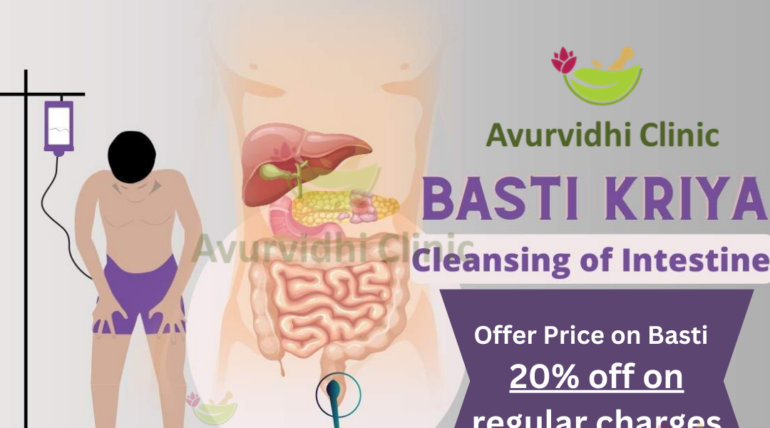

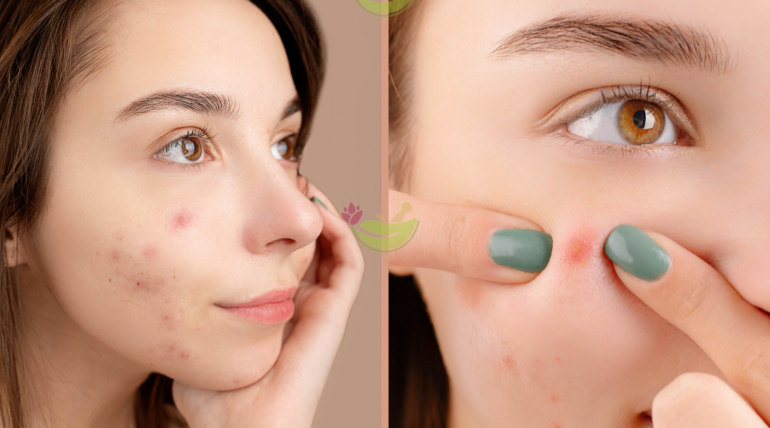
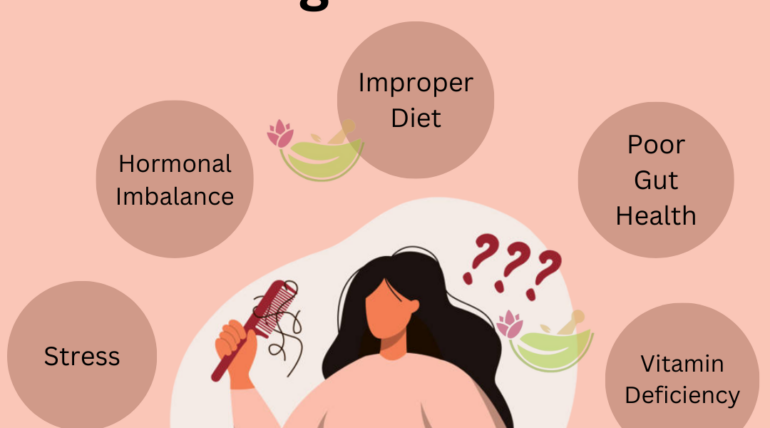
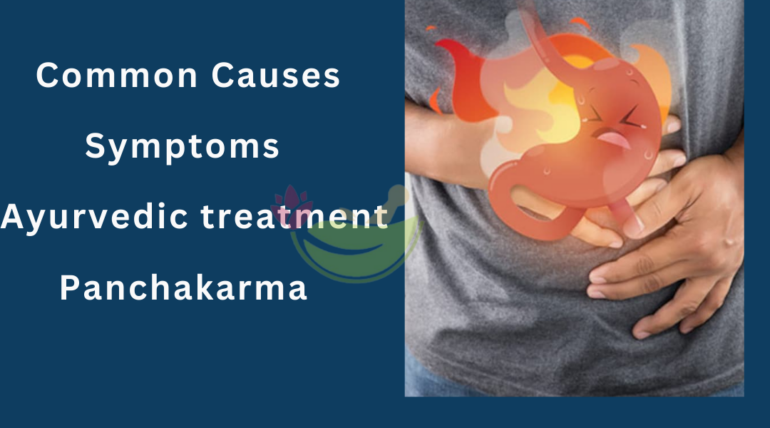


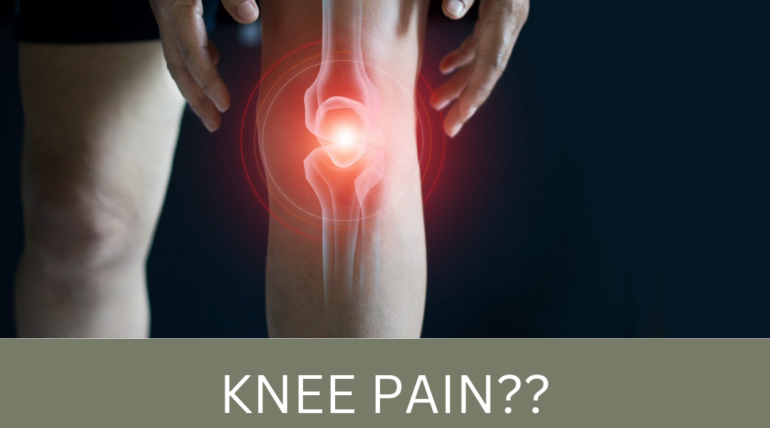
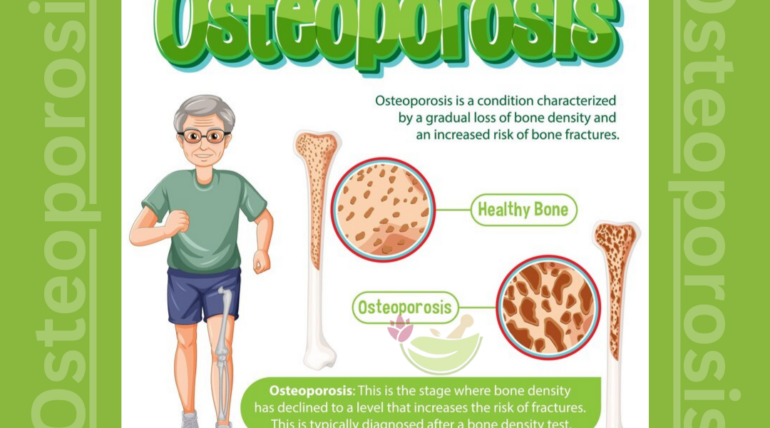

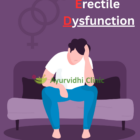
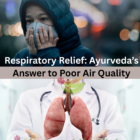

Recent Comments